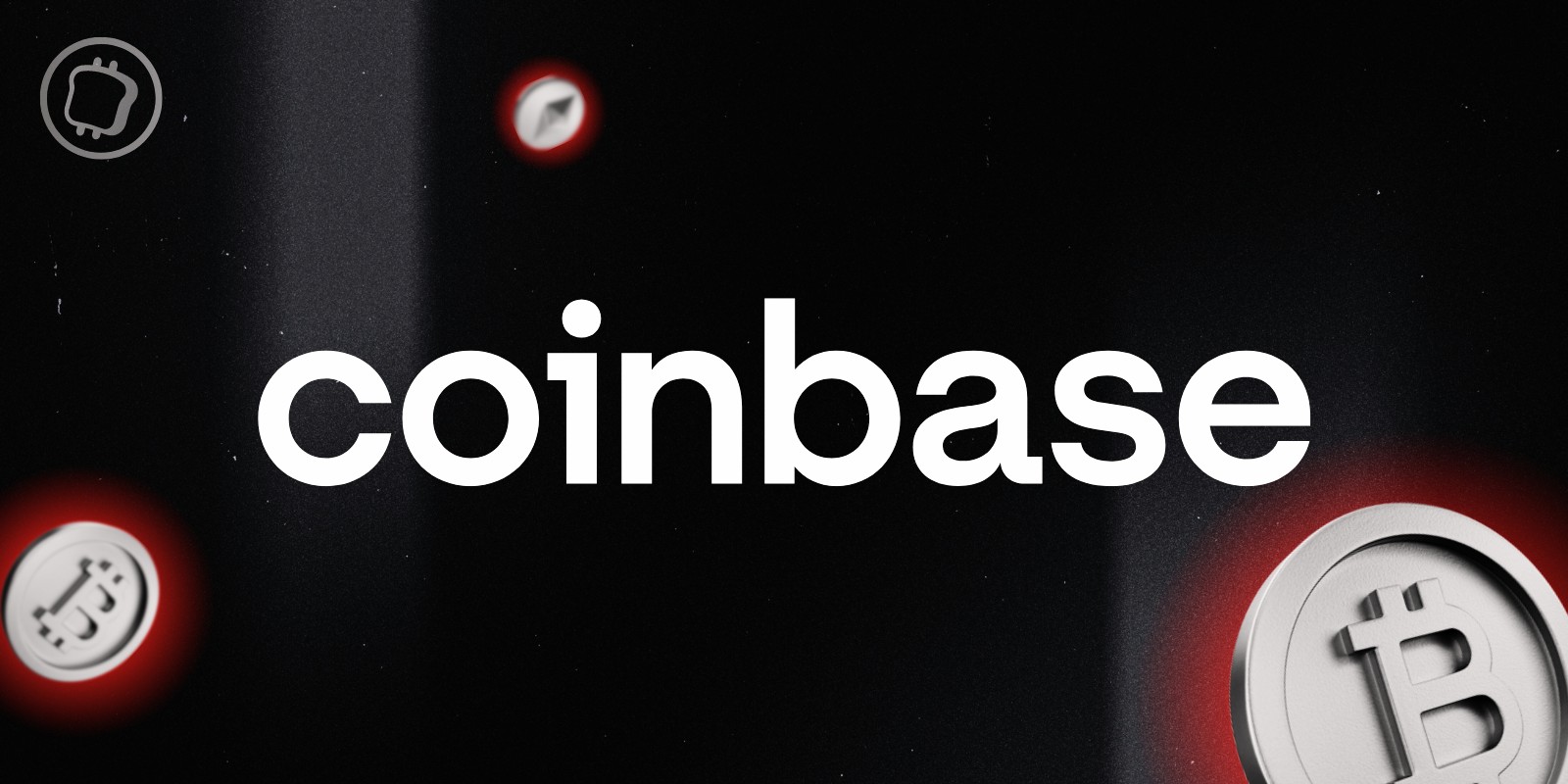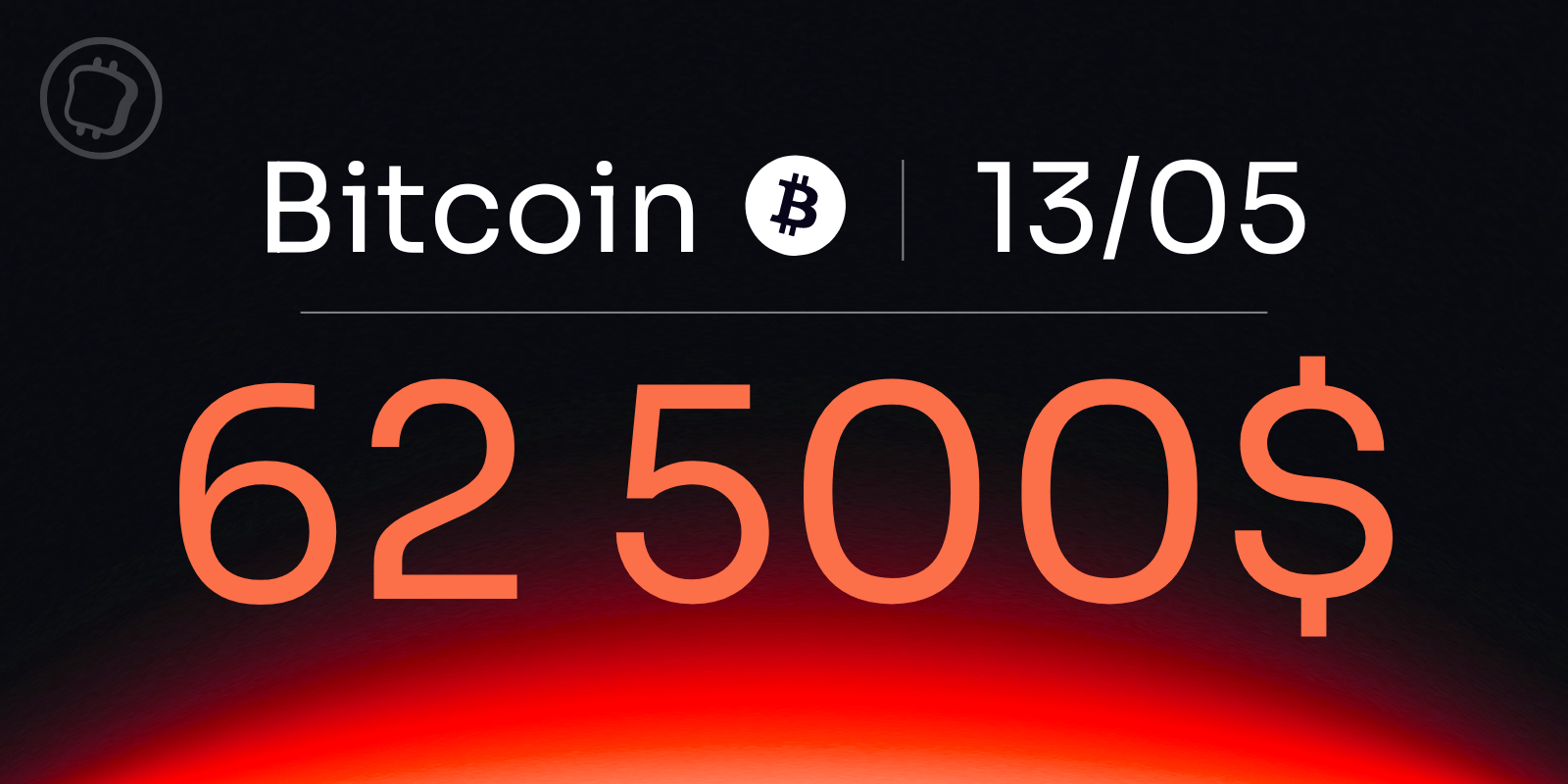The decentralized finance (DeFi) industry has misplaced over a billion {dollars} to hackers in the previous couple of months, and the state of affairs appears to be spiraling uncontrolled.
In accordance to the newest statistics, roughly $1.6 billion in cryptocurrencies was stolen from DeFi platforms in the first quarter of 2022. Moreover, over 90% of all pilfered crypto is from hacked DeFi protocols.
These figures spotlight a dire state of affairs that’s seemingly to persist over the long run if ignored.
Why hackers desire DeFi platforms
In recent times, hackers have ramped up operations focusing on DeFi programs. One main motive as to why these teams are drawn to the sector is the sheer quantity of funds that decentralized finance platforms maintain. High DeFi platforms course of trillions of {dollars} in transactions every month. As such, the rewards are excessive for hackers who are able to perform profitable attacks.
The truth that most DeFi protocol codes are open supply additionally makes them much more inclined to cybersecurity threats.
It’s because open supply packages are accessible for scrutiny by the public and may be audited by anybody with an web connection. As such, they are simply scoured for exploits. This inherent property permits hackers to analyze DeFi purposes for integrity points and plan heists prematurely.
Some DeFi builders have additionally contributed to the state of affairs by intentionally disregarding platform safety audit studies printed by licensed cybersecurity corporations. Some growth groups additionally launch DeFi initiatives with out subjecting them to in depth safety evaluation. This will increase the likelihood of coding defects.
One other tooth in the armor when it comes to DeFi safety is the interconnectivity of ecosystems. DeFi platforms are sometimes interconnected utilizing cross-bridges, which bolster comfort and flexibility.
Whereas cross-bridges present enhanced consumer expertise, these essential snippets of code join enormous networks of distributed ledgers with various ranges of safety. This multiplex configuration permits DeFi hackers to harness the capabilities of a number of platforms to amplify attacks on sure platforms. It additionally permits them to shortly switch ill-gotten funds throughout a number of decentralized networks seamlessly.
Apart from the aforementioned dangers, DeFi platforms are additionally inclined to insider sabotage.
Safety breaches
Hackers are utilizing a variety of methods to infiltrate susceptible DeFi perimeter programs.
Safety breaches are a typical prevalence in the DeFi sector. In accordance to the 2022 Chainalysis report, roughly 35% of all stolen crypto in the previous two years is attributed to safety breaches.
Lots of them happen due to defective code. Hackers normally dedicate vital sources to discovering systemic coding errors that permit them to perform a lot of these attacks and sometimes make the most of superior bug tracker instruments to support them on this.
One other widespread tactic utilized by risk actors to hunt down susceptible platforms is monitoring down networks with unpatched safety points which have already been uncovered however but to be applied.
Hackers behind the latest Wormhole DeFi hack assault that led to the lack of about $325 million in digital tokens are reported to have used this technique. An evaluation of code commits revealed {that a} vulnerability patch uploaded to the platform’s GitHub repository was exploited earlier than the patch was deployed.
The error enabled the intruders to forge a system signature that allowed the minting of 120,000 Wrapped Ether (wETH) cash valued at $325 million. The hackers then offered the wETH for about $250 million in Ether (ETH). The exchanged Ethereum cash had been derived from the platform’s settlement reserves, thereby main to losses.
The Wormhole service acts as a bridge between chains. It permits customers to spend deposited cryptocurrencies in wrapped tokens throughout chains. That is achieved by minting Wormhole-wrapped tokens, which alleviate the want to swap or convert the deposited cash instantly.
Latest: How blockchain archives can change how we file historical past in wartime
Flash mortgage attacks
Flash loans are unsecured DeFi loans that require no credit score checks. They permit buyers and merchants to borrow funds immediately.
Due to their comfort, flash loans are normally used to reap the benefits of arbitrage alternatives in linked DeFi ecosystems.
In flash mortgage attacks, lending protocols are focused and compromised utilizing value manipulation methods that create synthetic value discrepancies. This enables unhealthy actors to purchase property at vastly discounted charges. Most flash mortgage attacks take minutes and generally seconds to execute and contain a number of interlinked DeFi protocols.
A method by means of which attackers manipulate asset costs is by focusing on assailable value oracles. DeFi value oracles, for instance, draw their charges from exterior sources similar to respected exchanges and commerce websites. Hackers can, for instance, manipulate the supply websites to trick oracles into momentarily dropping the worth of focused asset charges in order that they commerce at decrease costs in contrast to the wider market.
Attackers then purchase the property at deflated charges and shortly promote them at their floating trade price. Utilizing leveraged tokens obtained by means of flash loans permits them to amplify the income.
Apart from manipulating costs, some attackers have been able to perform flash mortgage attacks by hijacking DeFi voting processes. Most just lately, Beanstalk DeFi incurred a $182 million loss after an attacker took benefit of a shortcoming in its governance system.
The Beanstalk growth crew had included a governance mechanism that allowed members to vote for platform adjustments as a core performance. This setup is fashionable in the DeFi industry as a result of it upholds democracy. Voting rights on the platform had been set to be proportional to the worth of native tokens held.
An evaluation of the breach revealed that the attackers obtained a flash mortgage from the Aave DeFi protocol to get nearly $1 billion in property. This enabled them to get a 67% majority in the voting governance system and allowed them to unilaterally approve the switch of property to their tackle. The perpetrators made off with about $80 million in digital currencies after repaying the flash mortgage and associated surcharges.
Roughly $360 million value of crypto cash was stolen from DeFi platforms in 2021 utilizing flash loans, in accordance to Chainalysis.
The place does stolen crypto go?
For a very long time now, hackers have used centralized exchanges to launder stolen funds, however cybercriminals are starting to ditch them for DeFi platforms. In 2021, cybercriminals despatched about 17% of all illicit crypto to DeFi networks, which is a major bounce from 2% in 2020.
Market pundits theorize that the shift to DeFi protocols is due to the wider implementation of extra stringent Know Your Buyer (KYC) and Anti-Cash Laundering (AML) processes. The procedures compromised the anonymity wanted by cybercriminals. Most DeFi platforms forego these essential processes.
Cooperation with the authorities
Centralized exchanges are additionally, now greater than ever earlier than, working with authorities to counter cybercrime. In April, the Binance trade performed an instrumental position in the restoration of $5.8 million in stolen cryptocurrencies that was a part of a $625 million stash stolen from Axie Infinity. The cash had initially been despatched to Twister Money.
Twister Money is a token anonymization service that obfuscates the origin of funds by fragmenting on-chain hyperlinks that are used to hint transacting addresses.
A portion of the stolen funds was, nevertheless, tracked by blockchain analytic corporations to Binance. The loot was held in 86 addresses on the trade.
In the aftermath of the incident, a spokesperson for the United States Treasury Division underlined that crypto exchanges that deal with cash from blacklisted crypto tackle threat sanctions.
Twister Money additionally appears to be cooperating with the authorities to cease the switch of stolen funds to its community. The corporate has mentioned that it’ll be implementing a monitoring instrument to assist establish and block embargoed wallets.
There appears to be some progress in the seizure of nicked property by the authorities. Earlier this yr, the US Division of Justice introduced the seizure of $3.6 billion in crypto and arrested two individuals who had been concerned in laundering the funds. The cash was a part of the $4.5 billion purloined from the Bitfinex crypto trade in 2016.
The crypto seizure was amongst the greatest ever recorded.
DeFi CEOs discuss the present state of affairs
Talking solely to Cointelegraph earlier this week, Eric Chen, CEO and co-founder of Injective Labs — an interoperable sensible contracts platform optimized for decentralized finance purposes — mentioned that there’s hope that the issues will subsidize.
“We are seeing the tide persevering with to subsidize, as extra sturdy safety requirements are put into place. With correct testing and additional safety infrastructures put into place, DeFi initiatives will be able to forestall widespread exploit dangers in the future,” he mentioned.
On the measures that his community was taking to avert hack attacks, Chen supplied an overview:
“Injective ensures a extra tightly outlined application-centric safety mannequin in contrast to conventional Ethereum Digital Machine-based DeFi purposes. The design of the blockchain and the logic of core modules defend Injective from widespread exploits similar to re-entrancy, most extractable worth and flash loans. Purposes constructed on prime of Injective are able to profit from the safety measures that are applied in the blockchain on the consensus stage.”
Latest: Rising international adoption positions crypto completely to be used in retail
Cointelegraph additionally had the likelihood to converse with Konstantin Boyko-Romanovsky, CEO and founding father of Allnodes — a non-custodial internet hosting and staking platform — about the improve in hack incidences. Relating to the principal catalysts behind the pattern, he mentioned:
“Little doubt it is going to take a while to decrease the threat of DeFi hacks. It’s unlikely, nevertheless, that it’ll occur in a single day. There’s a lingering sense of a race in DeFi. Everybody appears to be in a rush, together with the venture founders. The market is evolving quicker than the velocity at which programmers write code. Good gamers who take each precaution are in the minority.”
He additionally supplied some perception on procedures that might assist counteract the drawback:
“The code should get higher and sensible contracts should be totally audited, that is for certain. As well as, customers ought to be always reminded of cautious on-line etiquette. Figuring out any flaws can be attractively incentivized. This, in flip, may promote more healthy conduct throughout a selected protocol.”
The DeFi industry is having a tough time throwing hack attacks. There may be, nevertheless, hope that elevated monitoring from the authorities and larger cooperation amongst exchanges will assist curb the scourge.













